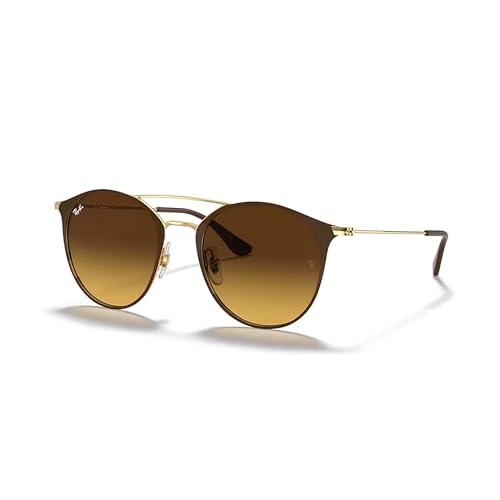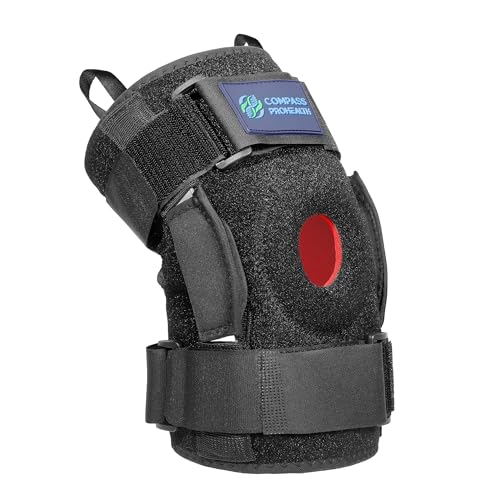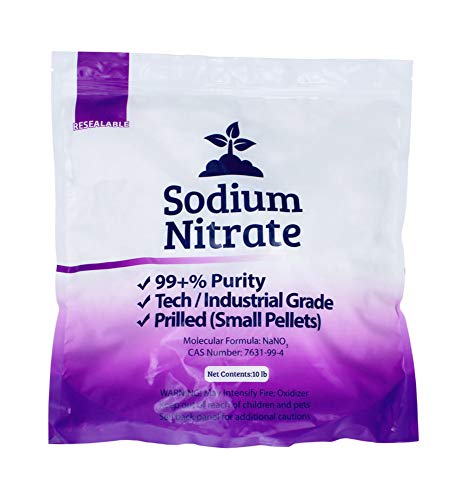Here are some pictures of the furnace I use. It is about the same size and setup as yours. It is capable of holding a #6 crucible but I use a #4 in it.
In the first photo you will see that the exhaust opening is a lot smaller than in your furnace. The opening is 2" across and the two side slot are 2" long as well. Most of the time when I am running the furnace I will put a brick over the side slots just to retain heat and not use as much fuel. It doesn't really make much of a difference when I close the side slots off on how the furnace operates.

In this second photo you will see that my burner pipe is a 3/4" pipe with a 3/4" x 1-1/2" bell reducer on the end of it for the inflow of air for the fuel mixture. I have seen these furnaces also setup with an added air supply from a compressor or other source to generate higher heat temperatures. But I don't feel that is necessary for this furnace at this point with everything I have used it for

In the third photo you will see that the burner inlet is a little bit more to the side of the furnace than your is but I don't think that will have much of a difference on your furnace. The reason for the side inlet where it is is so that it will create a vortex motion of the flame in the furnace. I think yours is fine where it is.

In this fourth picture you can see a #4 graphite crucible next to a 300ml beaker for size comparison. This furnace will reach an operating temperature hot enough to melt this crucible full of copper powder in roughly 30-45 minutes from a cold start. Once it reaches its melting temperature the copper can be poured and another load added to the crucible and melt the charge in about 10-15 minutes. The furnace does not have to be run at maximum out put to accomplish this. When my furnace is operating you can not touch the sides because of the heat generated, you have to use gloves even when using the handles to remove the top.
Another tip on the crucible is to not use a cheap clay one when running this furnace, if you look at the picture looking down into the furnace you can see that I used a couple of cheap crucible and they failed during the melt. Go ahead and spend the money to get a graphite crucible. The one in the picture is a salamander crucible I purchased on ebay for about $20.00 if I remember correctly.

1. I think you need to upsize your burner pipe to a 3/4" with a bigger bell reducer on the end for incoming air flow.
2. You need to reduce your exhaust opening.
3. I'm also not so sure that your gas pressure might need to be increased at your burner pipe. I am guessing that the propane is being supplied by the tank that you use on your house and that you are running this at the same pressure that the appliances use inside your house. If this is the case I would look at separating the two lines and using a higher pressure regulator for the furnace than what is used for your house.
4. You should consider making a metal band to go around the lid of your furnace that has handles on it. This can easily be done by taking a piece of a metal can and cutting it the same height as your top on your furnace. Attach a couple of handles on it similar to what mine has with rivets or screws. Then take and drill 4 - 6 holes in the metal band and mark on the cement top where the holes are and then drill these out smaller than the screws that you can take and drill into the metal to attach to the top. This will make it a lot safer to deal with the top when you want to remove it.






















































































